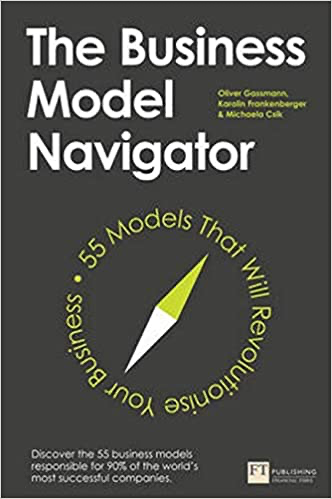How to successfully conduct digital transformation projects in large organizations? Why is it that over two thirds of digital transformation projects fail? Expert in digital transformation leadership with board member experience and CEO know-how, Gérard de Bourbon, and myself addressed these questions recently.
Introducing Gérard de Bourbon
Sitting on multiple boards of innovative organizations, Gérard de Bourbon has gained experience in conducting digital transformation projects as well as advising CEOs on how to lead them effectively.
Most digital transformation projects fail
Gérard mentioned that many leaders fail to understand that digital transformation is not so much a matter of technology as it is of people. Often times he notices that CEOs appoint a chief transformation officer or a chief innovation officer and put them in charge of completing companywide change. But many C-level executives don’t understand how it involves reinventing the organization from the bottom up. Gérard points to companies evolving from a product business model to a service business model carrying implications at every level of the company in every single department, from procurement, to operations, logistics, marketing and sales.
To get digital transformation working, start with empathy
Therefore, one must first sit with each senior leader and figure out what vision they will try to achieve. And leaders must relinquish the hope of a business overhaul happening overnight and embrace countless baby steps occurring over a long period of time and amounting to a transformed organization, when added up to one another.
Succeeding at digital transformation has more to do with culture than technology. Gérard mentioned that he’s seen countless Internet of things led projects fail mostly because executives are focused on the technology, but not so much on whether the technology will be adopted in-house or whether they will improve customer outcomes. As a result, while the novel technologies may perform as expected, value creation is simply not there.
So succeeding at digital transformation starts with understanding people: empathy, listening, and seeing a problem through multiple perspectives, ranging from the point of view of executives in-house to the opinions of stakeholders that may be part of the company’s ecosystem: suppliers, partners, distributors, influencers, users and customers.
Formative books
Gérard and I also talked about the books that he most enjoyed and that were most formative throughout his career. He mentioned Toyota’s Total Quality Management system with its culture of continuous improvement made up of baby steps, which, all added up, minimizes waste and improves operational effectiveness.

He also talked about Janine Benyus Institute of Biomimicry.

When faced with a problem, Janine’s first instinct is to look to nature, to see if an animal has not been the see if nature doesn’t offer a compelling solution to the problem at hand. The interesting thing here is that what this sometime calls bio inspiration offers at least two advantages:
- First of all, it’s a real creativity booster and helps people look at a given problem from a different point of view.
- Second of all, it builds a degree of respect for nature and our planet earth in a moment when building a sustainable economy proves crucial.
Gérard also mentioned the Business Model Navigator as it helped him understand why established companies that should look to operate in an ecosystem and build partnerships rather than focusing only on competition and beating them out.

Finally, Gérard also talked about Simon Sinek’s book Start With Why? as it helps develop empathy and is critical in building a vision, a common vision.

That’s summary of my conversation with Gérard de Bourbon and you’ll find all of it right here !
digital transformation – start with empathy not technology

Very nice to watch this. As always, Gerard is relaxed and informative.
[…] acquire skills and innovation? Having touched upon this with digital transformation expert Gérard de Bourbon and indian-born serial entrepreneur Ambuj Agrawal, I address these questions with Javier Cedillo, […]
[…] my conversation with Gérard de Bourbon, I tackle this matter with Board member of many innovation organizations in Europe including […]
[…] that have proven especially successful in mitigating risks? I address this matter and more with Gérard de Bourbon, an expert in cultural change and digital […]